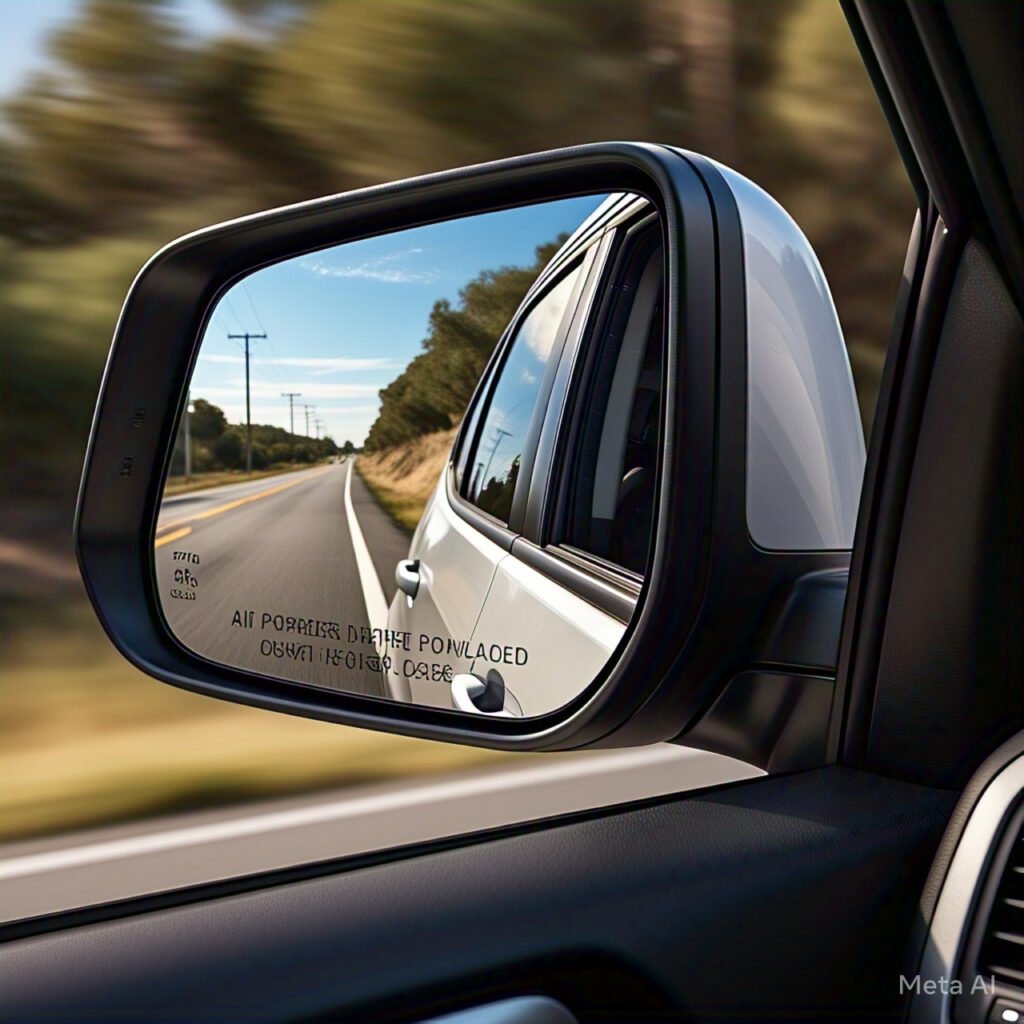Increasing Road Safety through AI-Enabled Intelligent Rearview Mirrors
The automotive sector has witnessed incredible technological innovations over the past few years, with artificial intelligence (AI) being the key to enhanced vehicle safety. One of such innovations is the AI-enabled smart rearview mirror, which makes driving safer, more visible, and aware of the situation. They have, however, certain limitations like blind spots, inadequate visibility in night conditions, and obstructions from passengers or goods. Automakers have developed digital rearview mirrors that employ cameras and displays to offer a clearer, obstruction-free view of the road to overcome these drawbacks.
AI-enabled smart rearview mirrors go one step further by using computer vision, deep learning algorithms, and sophisticated sensors to improve safety and driving experience.
How AI-Powered Smart Rearview Mirrors Work
Smart rearview mirrors substitute conventional reflective glass with a high-definition digital screen that receives real-time video from rear and side-mounted cameras. AI algorithms analyze this video to identify obstacles, pedestrians, and oncoming vehicles. Some of the notable features are:
1. AI-Powered Object Detection
AI-enabled smart mirrors are able to identify and signal cars, bikers, and pedestrians in real-time. It enables drivers to respond promptly to potential dangers, thus minimizing accidents.
2. Blind Spot Elimination
Traditional rearview mirrors do not have adequate blind spots, which expose drivers to hazardous lane changes. Smart mirrors incorporate wide-angle cameras and AI-enabled warnings to inform drivers of approaching cars in blind spots, hence minimizing collision dangers.
3. Improved Night Vision and Low-Light Performance
Unlike traditional mirrors, which rely on ambient light, AI-driven smart mirrors utilize infrared sensors and advanced image processing to enhance visibility at night or in foggy conditions. This significantly improves safety when driving in challenging environments.
4. Automatic Glare Reduction
Bright lights from following cars create glare, and drivers have a hard time seeing. Smart mirrors with AI adjust brightness and contrast automatically to eliminate glare and ensure a comfortable visual experience.
5. Real-Time Traffic Updates and Alerts
A few smart mirrors are integrated with traffic monitoring databases and navigation systems to report real-time information on road conditions, accidents, and traffic jams. Based on this, drivers can make decisions and opt for safer routes.
6. Driver Monitoring and Fatigue Detection
Smart rearview mirrors driven by AI can also track the driver’s eye movements, head orientation, and levels of alertness. When the system recognizes the presence of fatigue or distraction, it may issue audio or visual warnings to keep the driver alert.
7. Integration with ADAS (Advanced Driver Assistance Systems)
Smart rearview mirrors are able to complement other ADAS features, including lane departure warning, adaptive cruise control, and collision avoidance systems, to further improve overall vehicle safety.
Advantages of AI-Powered Smart Rearview Mirrors
Enhanced Vehicle Aesthetics and Aerodynamics
The use of camera-based smart mirrors replacing side mirrors enhances a car’s aerodynamics, promoting improved fuel efficiency and a sleek, contemporary look.S
mart rearview mirrors are advanced digital displays that replace or augment traditional rearview mirrors in vehicles. They use high-resolution screens and cameras to provide a clearer, wider, and more adaptable view of the road behind and around the car.

Conclusion
AI-enabled intelligent rearview mirrors are transforming road safety by giving drivers real-time information, better visibility, and proactive warnings. By removing blind spots, cutting glare, and identifying potential risks, smart mirrors make roads safer and reduce the number of accidents. With advances in AI technology, smart mirrors will have an even bigger say in the future of car safety.



